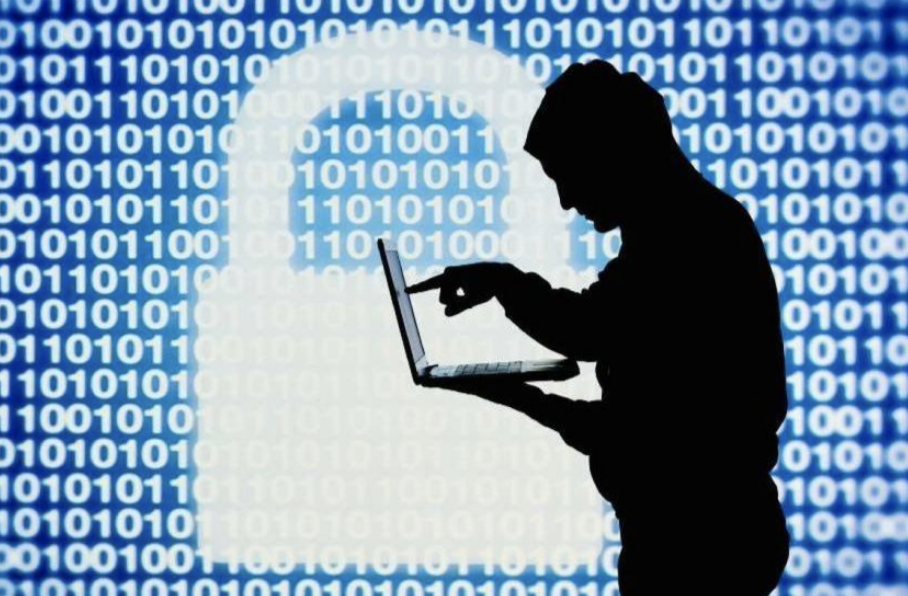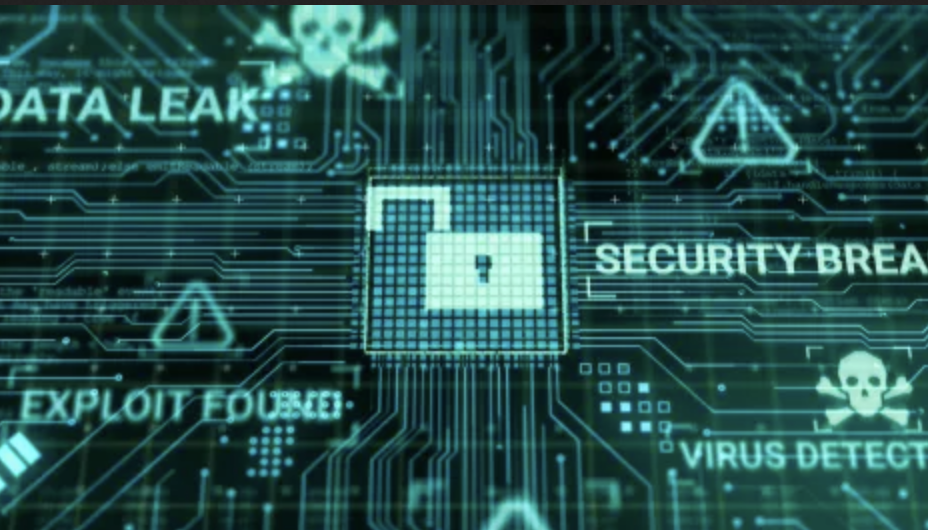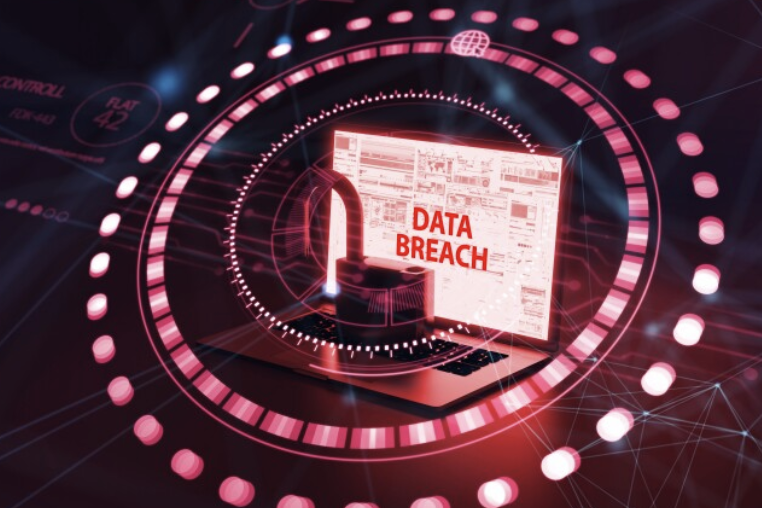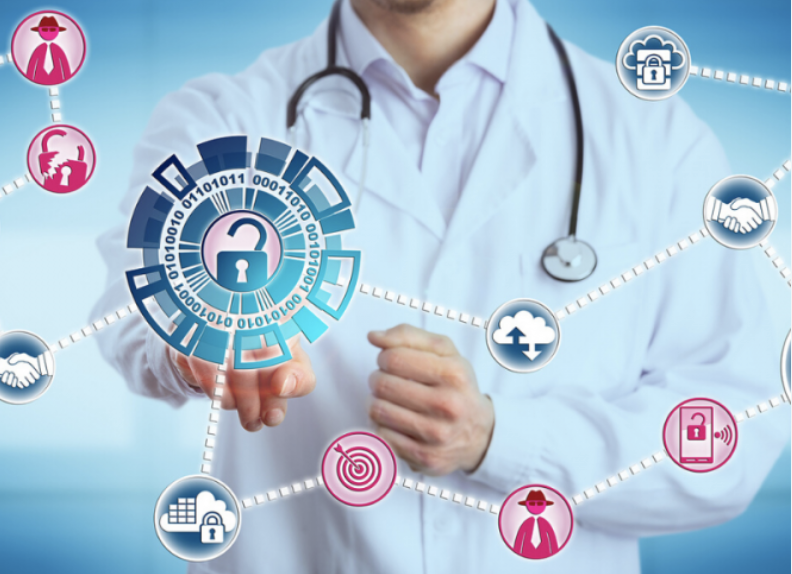Understanding Biometric Data and Its Risks: Lessons from the ThoughtGreen and Timing Technologies Breach
The recent data breach at ThoughtGreen Technologies and Timing Technologies has brought to the forefront critical issues related to biometric data. This breach, which exposed over 1.6 million sensitive documents, including facial scan images, fingerprints, signatures in both English and Hindi, and unique identifying marks such as tattoos and scars, highlights the importance of understanding what biometric data is, why it is collected, and the potential risks associated with its exposure.
What is Biometric Data?
Biometric data refers to unique physical or behavioral characteristics of individuals that can be used to identify them. Common types of biometric data include:
- Facial Scans: Digital images or patterns of a person’s face.
- Fingerprints: Unique patterns found on the tips of fingers.
- Iris and Retina Scans: Detailed images of the eye’s iris or retina.
- Voice Recognition: Unique patterns in a person’s voice.
- Signatures: Handwritten signatures, which can be digitized and analyzed.
- Identifying Marks: Unique physical marks such as tattoos or scars.
These characteristics are unique to each individual, making biometric data a powerful tool for identification and authentication.
Why Companies and Governments Collect and Use Biometric Data
Biometric data is collected and used for several reasons:
- Security and Authentication: Biometric data provides a high level of security for verifying identities. It is used to secure access to buildings, devices, and information systems, ensuring that only authorized individuals can gain entry.
- Convenience: Biometric authentication is often quicker and more convenient than traditional methods such as passwords or PINs. For instance, unlocking a smartphone with a fingerprint or facial scan is faster than typing a password.
- Fraud Prevention: By using biometric data, organizations can reduce the risk of identity fraud. Biometric identifiers are much harder to forge compared to traditional identification methods.
- Efficiency in Services: Governments and companies use biometric data to streamline various processes, such as border control, voter registration, and employee attendance tracking.
Risks of Exposing Biometric Data
The ThoughtGreen Technologies and Timing Technologies breach underscores several significant risks associated with the exposure of biometric data:
- Identity Theft and Fraud: Unlike passwords, biometric data is immutable; once it is compromised, it cannot be changed. Hackers can use stolen biometric data to impersonate individuals, gaining unauthorized access to secure systems and committing fraud.
- Unauthorized Access: With access to biometric data, cybercriminals can bypass security measures that rely on biometric authentication, posing a substantial threat to both individuals and organizations.
- Privacy Violations: Exposure of biometric data can lead to severe privacy breaches. Personal biometric information can be used to track and monitor individuals without their consent, violating privacy rights.
- National Security Threats: The breach of biometric data, especially that of police and military personnel, presents serious national security risks. Such data can be used to undermine security operations and endanger individuals involved in sensitive roles.
- Reputational Damage: Organizations that fail to protect biometric data face considerable reputational harm. Trust is crucial for entities handling sensitive information, and a data breach can severely undermine public confidence.
Future Risks
The risks associated with biometric data exposure are likely to evolve and potentially increase in the future:
- Advancements in Technology: As technology advances, the ways in which biometric data can be used and misused will expand. For instance, deepfake technology could use stolen facial scans to create realistic but fraudulent videos.
- Increased Collection and Storage: As more organizations adopt biometric systems, the amount of data being collected and stored will grow, creating more targets for cybercriminals.
- Integration with Other Data: Biometric data will increasingly be integrated with other personal data (such as medical records and financial information), compounding the risks if such data is compromised.
Protecting Biometric Data
To mitigate these risks, governments and companies must implement comprehensive security measures:
- Data Encryption: Encrypt biometric data both in transit and at rest to ensure that even if it is intercepted or accessed without authorization, it remains unreadable and unusable.
- Access Controls: Implement strict access controls to ensure that only authorized personnel can access biometric data.
- Regular Security Audits: Conduct regular security audits to identify and rectify vulnerabilities in data storage and processing systems.
- Anonymization and Tokenization: Use techniques like anonymization and tokenization to protect biometric data by replacing sensitive information with non-sensitive equivalents.
- Advanced Threat Detection: Utilize advanced threat detection systems powered by artificial intelligence and machine learning to identify and respond to potential security threats in real-time.
Protecting biometric data is crucial because it represents a person’s unique, immutable identifiers that cannot be changed once compromised, unlike passwords or PINs. The exposure of such data can lead to severe privacy violations, identity theft, unauthorized access to secure systems, and significant national security risks, particularly for sensitive roles such as law enforcement and military personnel. Moreover, the misuse of biometric data can have long-lasting implications, undermining trust in institutions and technologies that rely on biometric authentication. Ensuring the security of biometric data is therefore essential to safeguard individual privacy, prevent fraud, and maintain public confidence in digital security measures.




